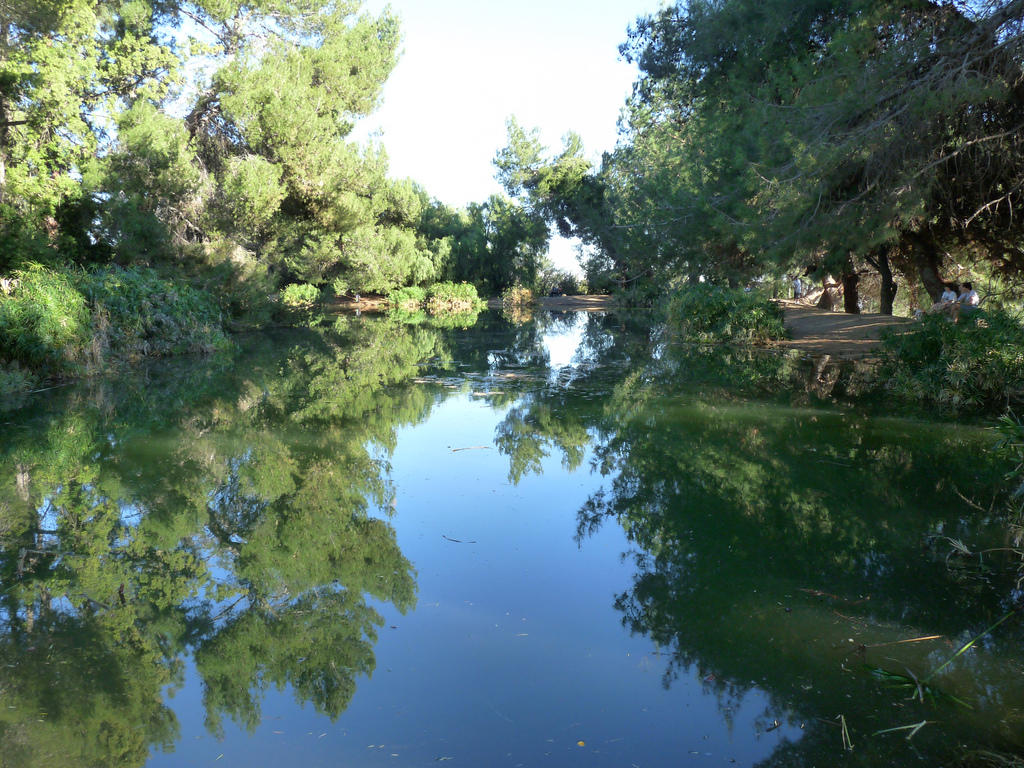
Parks and open space are good for both people and birds, and that’s why Audubon California supports Measure A on the Nov. 8 Los Angeles County ballot. Called the Called the Safe, Clean Neighborhood Parks and Beach Protection Measure of 2016, the measure if passed will raise approximately $94.5 million annually for local parks, beaches, open space, and water resources.
Audubon has long sought to connect people with nature and the outdoors, so the benefits of funding new parks, and properly maintaining the ones we have, is certainly compelling. But among these goals are many that directly contribute to natural habitat. Among these are:
- Protecting and developing parks, safe places to play, beaches, open space lands, and natural areas,
- Protecting, enhancing, and preserving open space, natural areas, and waterways,
- Protecting water resources, including lakes, rivers and creeks,
- Protecting and enhancing clean and safe beaches,
- Improving water quality and implementing stormwater capture on park and open space lands,
- Developing and enhancing urban gardens, pocket parks, and other small-scale greening projects, including education and food health programs,
- Protecting and preserving the urban canopy and promoting tree health.
All this translates into real dollars. Thirteen percent of the revenue from Measure A (approximately $12.2 million, annually) is designated for the Natural Lands, Open Spaces and Local Beaches, Water Conservation, and Watershed Protection Program. This money will be spent “for planning, acquisition, development, improvement, and restoration, of multibenefit park projects that promote, improve, or protect clean local water supplies, habitat improvements, park space, recreation, public access, watershed health, and open space, including improvements or restoration of areas that buffer our rivers, streams, and their tributaries along with the lakes and beaches throughout the County.
(i) riparian corridor improvements;
(ii) river and stream parkway development;
(iii) river and stream clean up, access and community development;
(iv) lake clean up, access and community development;
(v) beach and coastal watersheds clean-up, access and community development;
(vi) fishing and boating facilities;
(vii) natural lands, wildlife corridors, and watershed protection;
(viii) recreational facilities, public property and rights of way, flood control infrastructure, and other easements;
(ix) natural and cultural resource interpretive programs and nature education activities.
Another 13 percent (approximately $12.2 million, annually) will be designated for the Regional Recreational Facilities, Multi-use Trails and Accessibility Program. This is another area of the expenditure plan where funding could be designated for habitat and other related projects. The specific language reads: “for acquisition, development, improvement, restoration, or rehabilitation projects, including but not limited to, the following:
(i) regional parks, regional facilities, museum, environmental education and other cultural facilities;
(ii) multi-use sports facilities, including golf facilities and other community recreational facilities;
(iii) multi-use trail connectivity for existing and future park facilities, including connection to Public Works-maintained Class I bike path facilities;
(iv) multi-use trail and path projects, with special emphasis being placed on those multi-use trails that provide hiking, equestrian, bicycl bicycle and other opportunities, including universal access and access consistent with the Americans with Disabilities Act of 1990, especially in urban communities;
(v) regional, ecological, zoological, geological, archeological, anthropological, paleontological, and cultural sites of countywide significance.
Far and away the largest section of Measure A (35 percent, or approximately $33 million, annually) for Community-based Park Investment program. These are grants primarily to cities, and will be heavily weighted toward projects identified in the 2016 Needs Assessment. While these expenditures will likely go toward park infrastructure, there will be numerous opportunities within each city to promote projects that support birds and wildlife.
By Garrison Frost
Monthly Giving
Our monthly giving program offers the peace of mind that you’re doing your part every day.




